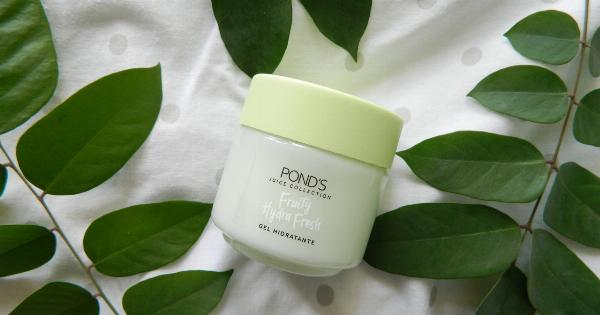Peeling is an essential part of many skincare routines and can help improve the appearance and texture of the skin. However, with so many different types of peeling applications available, it can be difficult to choose which one is right for you.
In this article, we’ll compare some of the most popular peeling applications and help you decide which one is the best choice for your skin.
Chemical Peels
Chemical peels are a popular type of peeling application that use chemical solutions to remove the outer layer of skin. The strength of the solution used will depend on the severity of the skin concerns being targeted.
Chemical peels can be used to address a wide range of issues, including acne, hyperpigmentation, and signs of aging. They are also available in a variety of strengths, from superficial peels that only remove the top layer of skin to deep peels that can require several days of downtime.
Microdermabrasion
Microdermabrasion is a less invasive type of peeling that uses a handheld device to remove the outer layer of skin. The device uses tiny crystals to exfoliate the skin and vacuum up dead skin cells.
Microdermabrasion is a good choice for those looking for a mild exfoliant that can help improve the texture of their skin. However, it may not be the best choice for those with more severe skin concerns.
Laser Resurfacing
Laser resurfacing is a more intensive type of peeling that uses a laser to remove the outer layer of skin.
The laser is able to penetrate deeper into the skin than other peeling applications, making it a good choice for more severe skin concerns such as deep wrinkles or scars. Laser resurfacing typically requires several days of downtime and can be more expensive than other types of peeling applications.
Enzyme Peels
Enzyme peels are a gentle type of peeling that use natural enzymes to exfoliate the skin. Enzyme peels are typically made from fruits such as papaya or pineapple and are a good choice for those with sensitive skin.
They are also a good choice for those looking for a more natural skincare option.
Manual Exfoliation
Manual exfoliation includes scrubs and brushes that physically remove dead skin cells from the surface of the skin. While manual exfoliation can be effective at improving the texture of the skin, it can also be harsh and cause irritation.
It’s important to choose a gentle exfoliant and not to overuse it to prevent damage to the skin.
Peeling Pads
Peeling pads are a convenient type of peeling that can be used at home. They are pre-soaked in a solution containing glycolic acid, salicylic acid, or other exfoliants and can be swiped across the skin to remove dead skin cells.
Peeling pads can be a good choice for those looking for a quick and easy way to exfoliate their skin, but they may not be as effective as other types of peeling applications.
Which Type of Peeling Application is Right for You?
The type of peeling application that is right for you will depend on your skin concerns, sensitivity, and budget.
If you have severe skin concerns such as deep wrinkles or scars, a more intensive type of peeling such as laser resurfacing may be necessary. If you have sensitive skin, a gentler option such as enzyme peels may be a better choice. If you’re on a budget, a manual exfoliant or peeling pads may be a good choice.
It’s important to talk to a skincare professional before starting any type of peeling application to ensure that it is safe and effective for your skin type.
Conclusion
Peeling is an important part of a skincare routine and can help improve the appearance and texture of the skin. There are many different types of peeling applications available, from chemical peels to manual exfoliants.
The type of peeling application that is right for you will depend on your skin concerns, sensitivity, and budget. It’s important to talk to a skincare professional before starting any type of peeling application to ensure that it is safe and effective for your skin type.




























